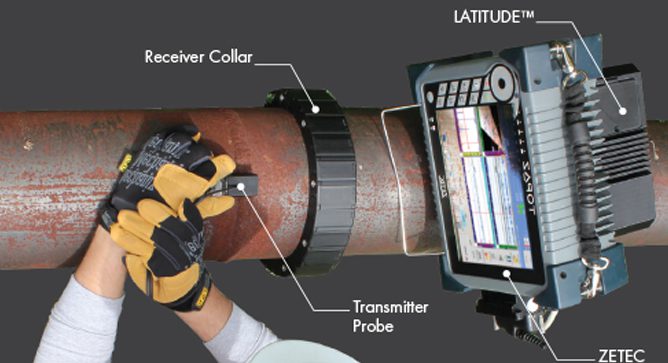
A First-of-a-Kind NDE Innovation from SI – The first PDI qualified manually-encoded DM weld procedure
By: Jason Van Velsor, Joe Agnew, and Owen Malinowski Determining a course of action once

By: Jason Van Velsor, Joe Agnew, and Owen Malinowski Determining a course of action once
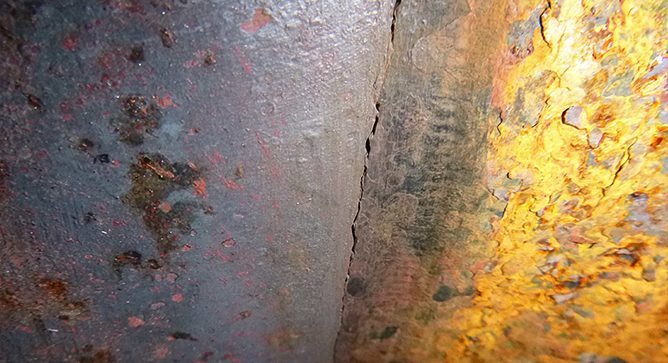
By: Ben Ruchte Determining a course of action once in-service damage is discovered often requires
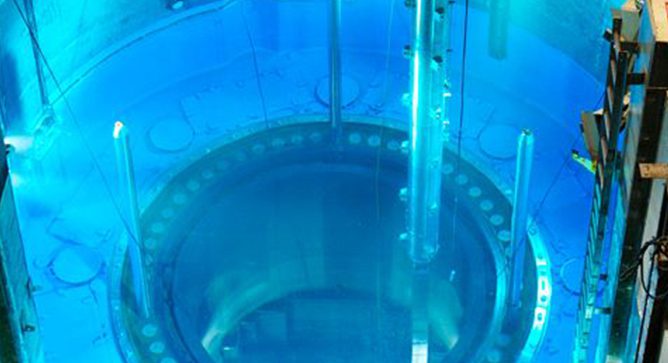
By: Terry Herrmann While the 2018 Spring outage season is mostly behind us, we all
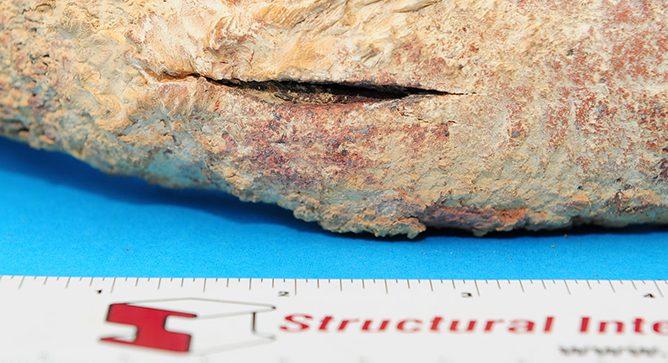
By: Terry Totemeier Long-term overheating and creep damage are often the damage mechanisms associated with
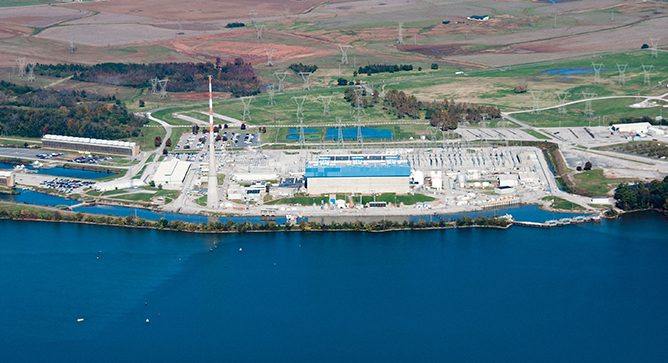
By: Ed Dougherty and Al Jarvis for Bottom Tubesheet Filter/Demineralizers Initial Installation and Performance at
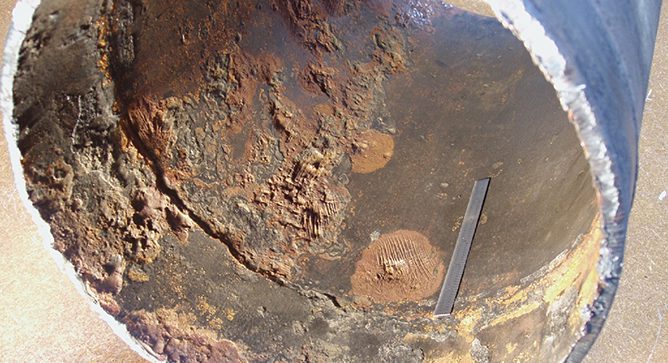
By: Lance Barton and Tom Pickthall (EnhanceCo) REGULATORY OVERVIEW A March 16, 2017, advisory bulletin
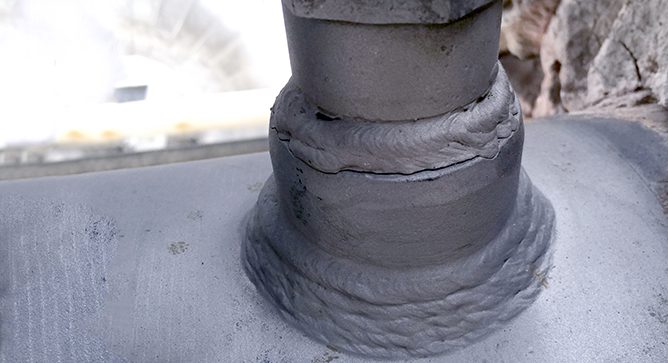
By: Terry Totemeier Introduction A dissimilar metal weld (DMW) is created whenever alloys with substantially
By: Matt Freeman Expanding Capabilities in Condition-based Pressure-part Integrity Management Structural Integrity and GP Strategies
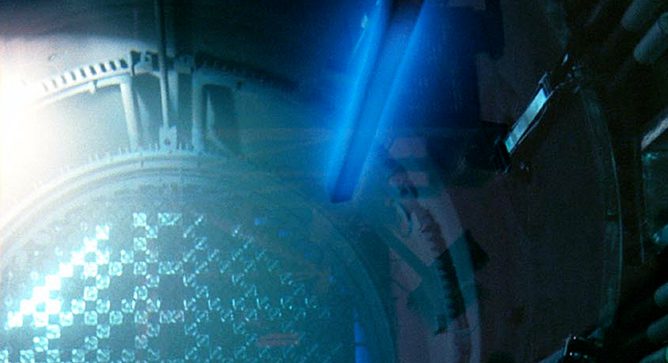
By: Jen Jarvis and Al Jarvis Nuclear plant workers accrue most of their radiation exposure
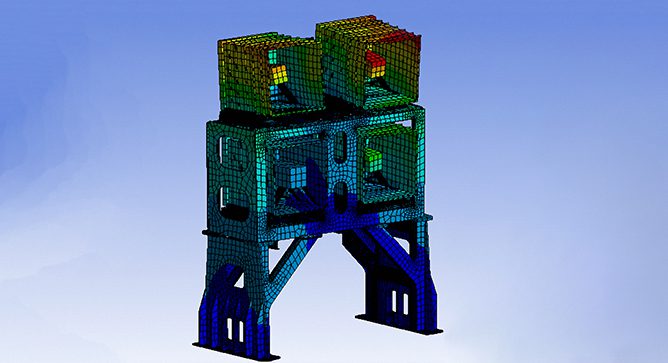
By: Matt Tobolski Things change, that’s just a fact of life. But when it comes